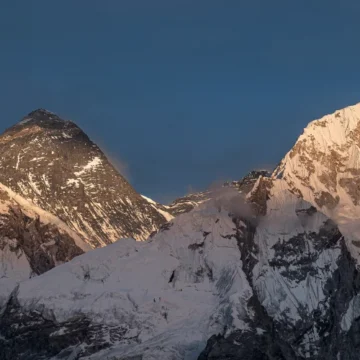
How high is the base camp on Everest?
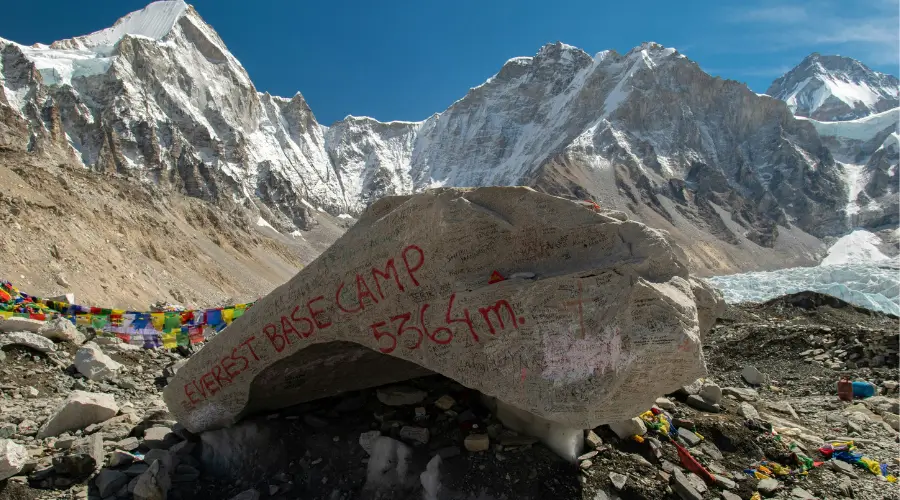
Table of Contents
If you’re an avid mountain enthusiast, Everest probably dominates your conversations. Mount Everest, soaring in Nepal at 8,848.86 meters or 29,031.7 feet above sea level, stands as Earth’s highest peak. Recognized as Sagarmatha in Nepalese, Everest captivates travelers worldwide. Among Nepal’s trekking destinations, Everest Base Camp Height is supreme, drawing adventurers seeking the pinnacle of natural magnificence.
The following article will provide an in-depth look at the elevation, trekking challenges and classification of Everest Base Camp. Read further to explore the Everest Base Camp height.
Camps in Everest Base Camp Height
Everest Base Camp Tents act as temporary shelters for brave trekkers who are going to achieve the highest peak in the world, Mount Everest. On the mountain’s opposite flanks, we have two base camps, North and South. However, the southern camp, in Nepal, is when the climbers come face-to-face with both camps’ challenges, providing a different view of Everest’s grandeur.
Lukla in the south is a launching point for treks into the Everest region of Nepal, where treks come to an end. A permit to the Everest Base Camp is a must, depicting the fascination of the whole world towards this mountain.
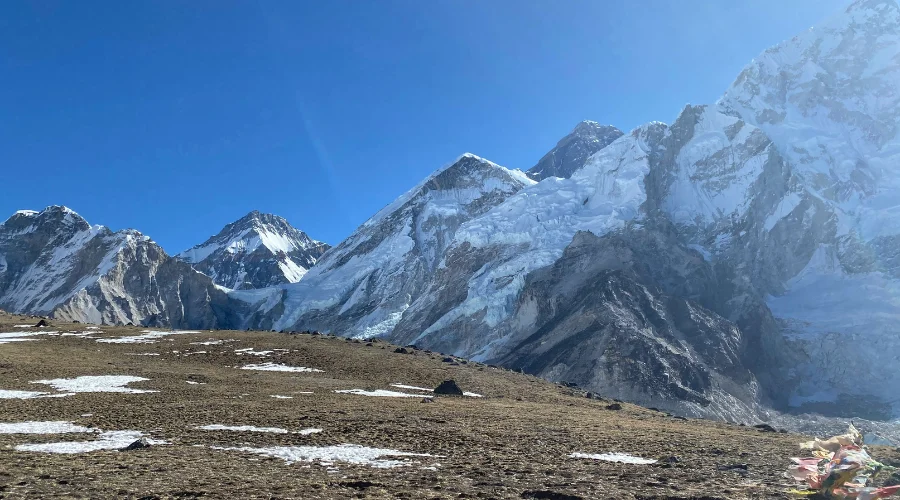
How High is Everest Base Camp?
“How high is Everest Base Camp?” is a common question among enthusiasts, and the answer lies at an elevation of 5,364 meters above sea level. Positioned in the Khumbu area of the Everest region, it is the camp base for climbers to Mount Everest, the highest peak on the planet. The climber’s base camp is comprised of temporary tented areas, where climbers stay for a few days, acclimatizing to the high-altitude environment. It is a difficult path that captivates thrill-seekers from all over the globe, lured by the charm of standing at the base of the world’s tallest mountain.
Known worldwide for its rough terrain, high elevation and unforgiving weather, the climb to Everest Base Camp trek is among the most challenging routes globally. The secret of an unmatchable trekking experience is physical readiness and following preventive measures for mountain climbing. Engaging a competent guide with proper planning is a must for this particularly difficult hike.
Can You See Mount Everest from Base Camp?
Despite its name, Everest Base Camp doesn’t afford a direct view of the mountain. However, from the nearby point of Kalapathar, trekkers witness Everest’s awe-inspiring appearance, offering a bird’s-eye perspective of its magnificence.
Everest Base Camp Trek Difficulty
Not surprisingly, Everest Base Camp difficulty often comes across as the numerous best trek in Nepal, combining many aspects of challenges and endurance with a mixture of adrenalin rushes, fatigue exhaustion and amazing climbing. The level of intensity ranges from moderately difficult to strenuous, and that depends on one’s ability to face physical challenges. Pathing approximately 80 miles and an average of 10 KM per day, the hike is a challenging task that requires mastery of walking and routes and intense attention, at least for beginners.
The mighty Himalayas offer a formidable barrier at an altitude sickness level in the top-rated in this fight. In a location of decreased oxygen and a general lack of wind, you will have to work hard to increase your respiratory rate (breathe harder or gasp for air) as you proceed to the base camp. To be ready for such a trip, one must always remember that it’s warm-up before setting off. Joining an exercise regime that includes weight loss, resistance exercise, and yoga breathing routines could improve your overall physical health, strength, and resiliency.
Among vital things to remember while trekking to Mount Everest base camp, staying hydrated is most critical. It helps one have an unforgettable time and experience an overwhelming feeling in the Khumbu region that surrounds the pinnacle of the world.
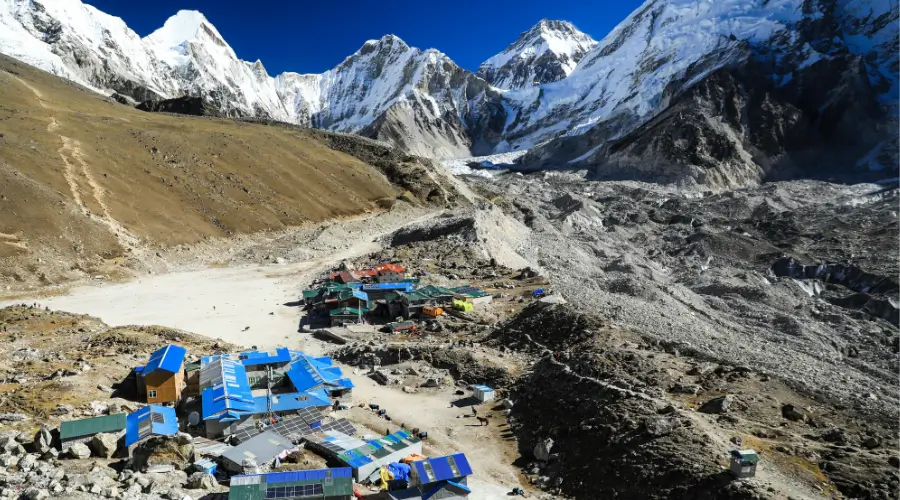
Altitude Sickness at Everest Base Camp Height
Given Everest Base Camp elevation fluctuating between sea level and 5,364 meters, altitude sickness remains a prevalent concern. As altitude increases, oxygen density decreases, posing respiratory challenges among thinning air.
It is crucial to drink plenty of water and have a guide with you in case of emergency.
How to Reach Everest Base Camp Elevation
Accessing Everest Base Camp Height typically entails traversing Nepal’s Lukla region, either via a scenic flight from Ramechhap or Kathmandu or opting for the more trek-intensive Everest-Jiri route. En route, trekkers traverse Sherpa villages, immersing themselves in local culture and customs.
Himalayan Masters also organize the Everest Base Camp helicopter tour. It is good for people with limited time and bad physical health.
You can also opt for Everest Base camp trek with helicopter return.
Everest Base Camp Elevation
Lukla – 2860 m
Monjo – 2835 m
Namche – 3440 m
Tengboche – 3680 m
Dingboche – 4410 m
Lobuche – 4940 m
Ghorakshep – 5164 m
Everest Base Camp – 5364 m
Kalapathhar – 5643 m
Paangboche – 3985 m
The following levels are the stages you’ll face during your hike to the Everest base camp height. After the famous mountain base camp at 5364m, you will advance to Kalapathhar at 5643m, and from there you will see a very clear view of Everest mountain.
The Everest Base Camp route has multiple camps on the way, and they are in the process of providing the most necessary facilities along the way. The camps are designed to suit particular altitudes so that the climbers can gradually acclimatize as they move up in the high altitudes. Typically, the camps are available where you can stop, like Phakding, Namche Bazaar, Tengboche, Dingboche, Lobuche, and Gorak Shep, among others. Besides, at the camp, there is some accommodation, food, and supplies that the trekkers require. The hikers usually stay at the camps for the night or more every day per their schedule and their physical condition as they gradually come closer to the Everest Base Camp.
The higher you go, the lower the available facilities there are, and the minimal the conditions get. All the different campgrounds have provided the most basic services, which would ensure both the safety and health of the climbers. Such camps not only work as areas for socialization, but the whole trek community gathers here and shares insights, hints, or, most importantly, some help across the difficult path. Walking along the Everest Base Camp height, the campsite appointments are like the basics, not only in the journey to the top but also in the security and comfort on the way.
How long does it take to reach the Everest base camp?
The duration of the Everest Base Camp trek hinges on itinerary and fitness level, typically spanning 10-14 days. Adequate acclimatization and rest are essential to mitigate altitude-related risks and ensure a safe and enjoyable journey.
Extra tips:
Other than that, you can trek solo to the Everest base camp height, but the guide will be of great help to you. This suggests that the best route will be easy to get.
When you travel under a guide’s supervision, you will get lots of local and cultural information about the Everest area. They are the bridge between you and the Nepalese trekkers. No preparation for Everest Base Camp Trek should be underestimated and security gear is something that must be reinforced. Ensure that the lead comes from a registered trekking organization or an original trekking agency.
Likewise, Porter will come along with you and your baggage. Supported by the Himalayan guides and porters, you will able to have an opportunity to under their guidance. They are well-trained to ensure that your trekking is accomplished safely and at the highest level of standard.
The truth is that trips have happened only due to the right communication and smile, as well as the never-ending determination you have. Therefore, keep this in mind! We hope you have an amazing and secure travel.
Want to know more?
Speak to an Expert





Sandip Dhungana
Nepal 🇳🇵
Whatsapp: +977-9823636377



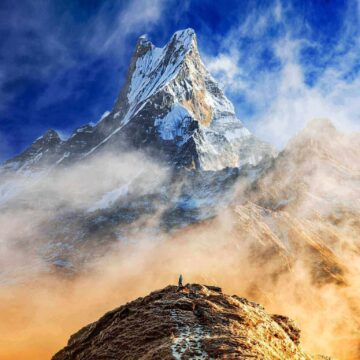
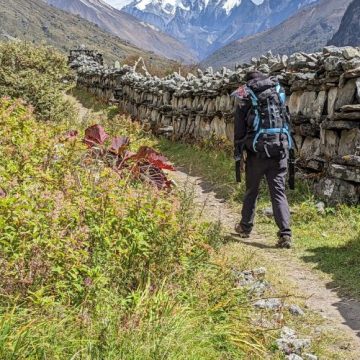
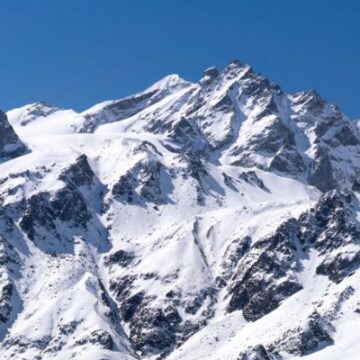

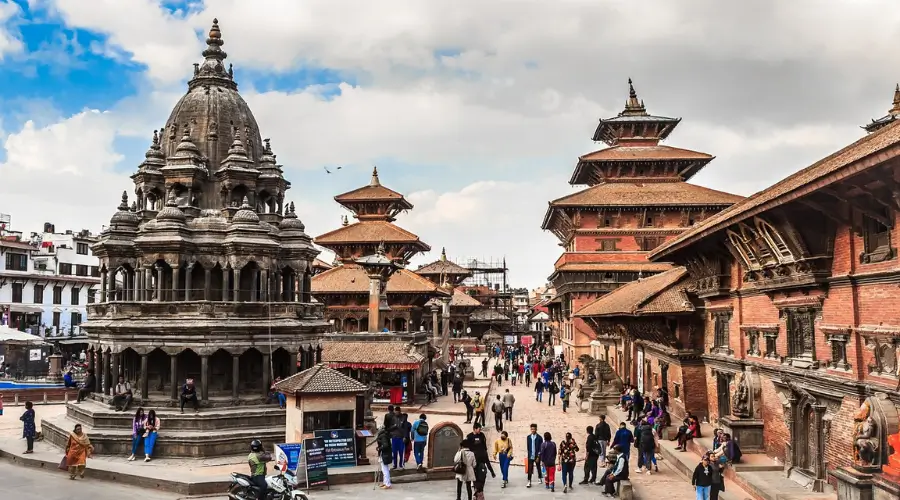
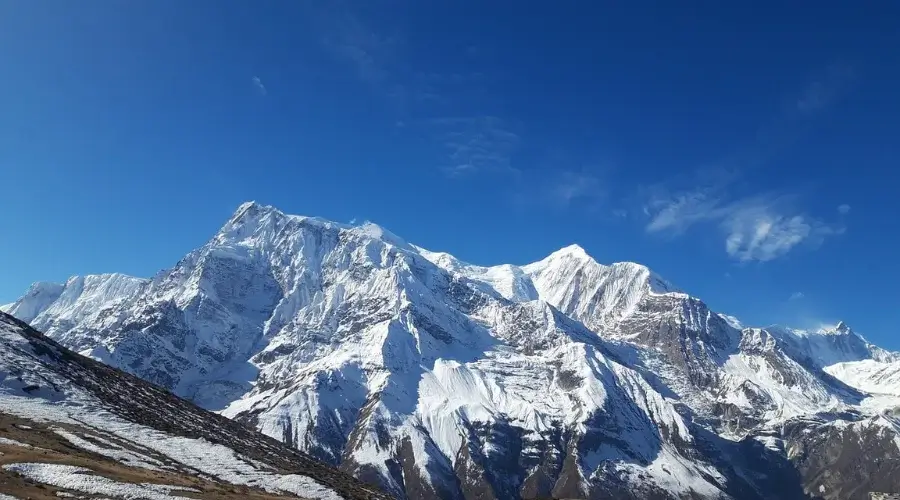
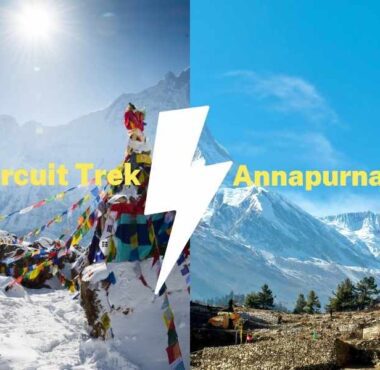














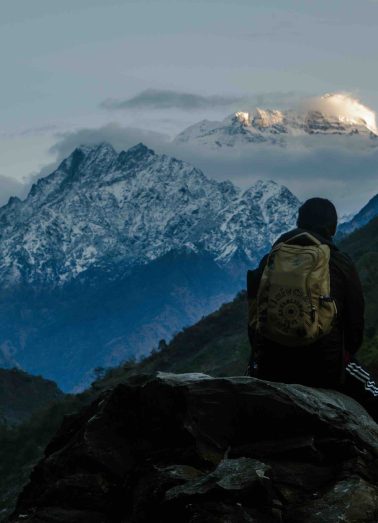


COMMENTS(2)
Thanks for nice information